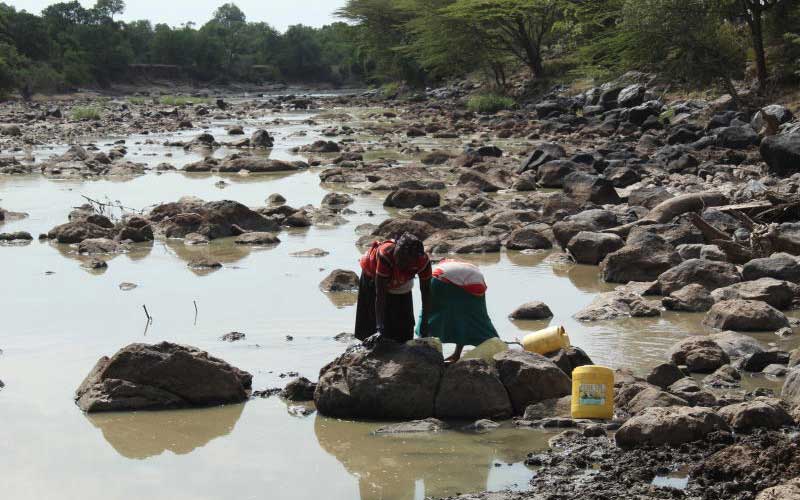×
The Standard e-Paper
Stay Informed, Even Offline

The world-famous Masai Mara Game Reserve may soon lose its lustre as drought threatens the wildlife that attracts thousands of tourists every year.
Destructive human activity in the Mau Forest has exacerbated the effects of drought, as rivers keep drying up and animal population diminishes.